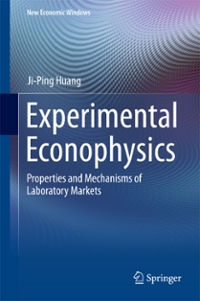Question
Context: Y = 2500, Y-bar = 3000 : If Y-bar = 3000, then (in the large open economy model) the economy would be in the
Context: Y = 2500, Y-bar = 3000 : If Y-bar = 3000, then (in the large open economy model) the economy would be in the expansion phase.Because the equilibrium output is less than the actual output. Equilibrium output shows the potential of the economy and if actual output is greater than the equilibrium output, then the economy would experience expansion.
Since there is a positive output gap in the economy i.e. actual output is greater than potential output.In this case, the economy is often described as "overheating," which generates upward pressure on inflation. And to offset the pressure on inflation,the federal bank would raise the interest rate as a monetary policy.Higherinterest ratestend to moderate economic growth. Higherinterest rates increasethe cost of borrowing, reduce disposable income and therefore limit the growth in consumer spending. Higherinterest ratestend to reduce inflationary pressures and cause an appreciation in the exchangerate...
Problem 1: Now suppose Y < Y bar and the economy is faced with a current account deficit. Using the large open economy model, analyze the impact of tax cuts on (i) GDP, (ii) r, (iii) C, (iv) I, (v) CF (vi) e, and (vii) NX in the short run.
Would there be crowding-out? Would it be complete or partial crowding-out?
If the Fed does not want a drop in I, what should it do?
Draw Graph if needed-
Step by Step Solution
There are 3 Steps involved in it
Step: 1

Get Instant Access to Expert-Tailored Solutions
See step-by-step solutions with expert insights and AI powered tools for academic success
Step: 2

Step: 3

Ace Your Homework with AI
Get the answers you need in no time with our AI-driven, step-by-step assistance
Get Started


